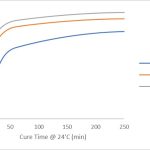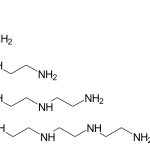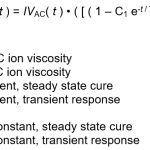Guest Post by Jeremy Pasatta, Huntsman Corporation In the last two blog posts we looked at amines as curing agents for epoxies, and one downside of amines is that they can take up to a couple of hours to cure at ambient temperature depending on the structure, with the fastest amines still only curing in 30 minutes to an hour. What if you wanted to develop an adhesive or ... [Click to Continue...]
Epoxy Curing Agents – Part 2: Tailoring Properties with Amines
Guest Post by Jeremy Pasatta, Huntsman Corporation In the Part 1 blog post on amine curing agents for epoxies, we reviewed in general how amines react with epoxies, how to formulate with amine curing agents, and some of the general structure-property relationships of amines. In this post, we will take a closer look at these structure property relationships, and how amine ... [Click to Continue...]
Epoxy Curing Agents – Part 1: Amines
Guest Post by Jeremy Pasatta, Huntsman Corporation This is the first in a series of six guest posts by Jeremy Pasatta. Curing agents for epoxies are one of the most critical, and often overlooked, parts of a formulation. The correct choice of curing agent can dramatically improve the properties of the formulation such as heat resistance and flexibility while also allowing ... [Click to Continue...]
Happy Fourth of July
Wishing all my readers a Safe and Happy Fourth of July ... [Click to Continue...]
Dielectric Cure Monitoring Part Six: What to Know about AC and DC Cure Monitoring
Guest Post by Huan Lee, Lambient Technologies Both AC and DC measurements can probe the cure state of thermosets and composites, and it is important to understand their characteristics when deciding which to use. Dielectric cure monitoring, also called Dielectric Analysis (DEA) is an AC technique that excites a sensor with a sinusoidal signal of chosen frequency and amplitude, ... [Click to Continue...]




